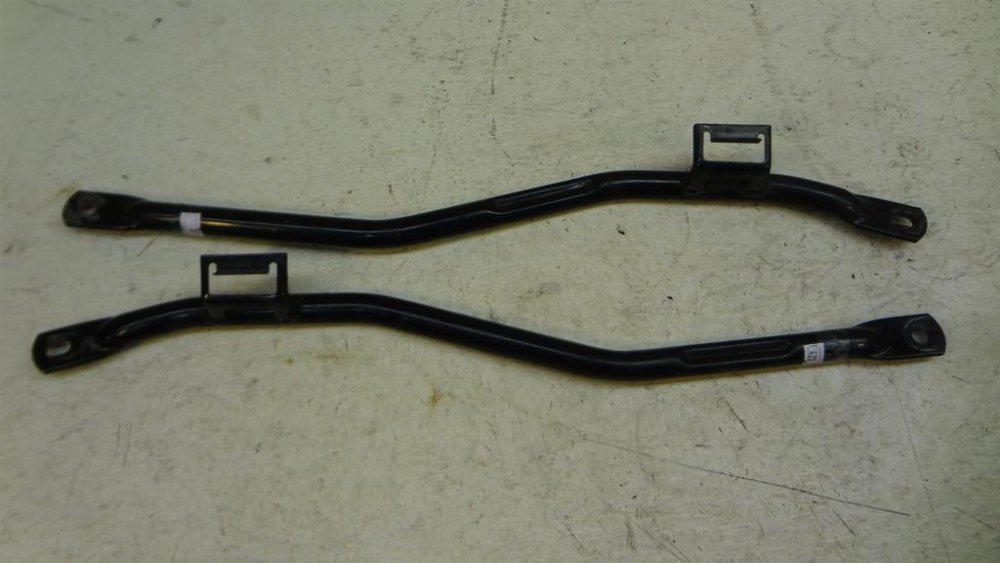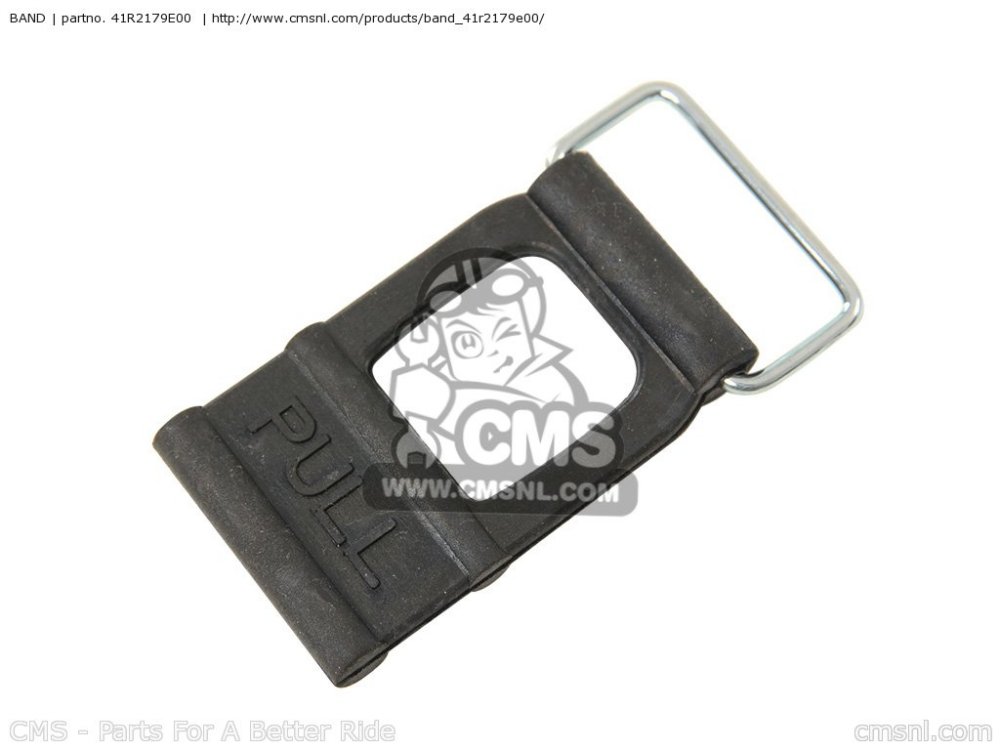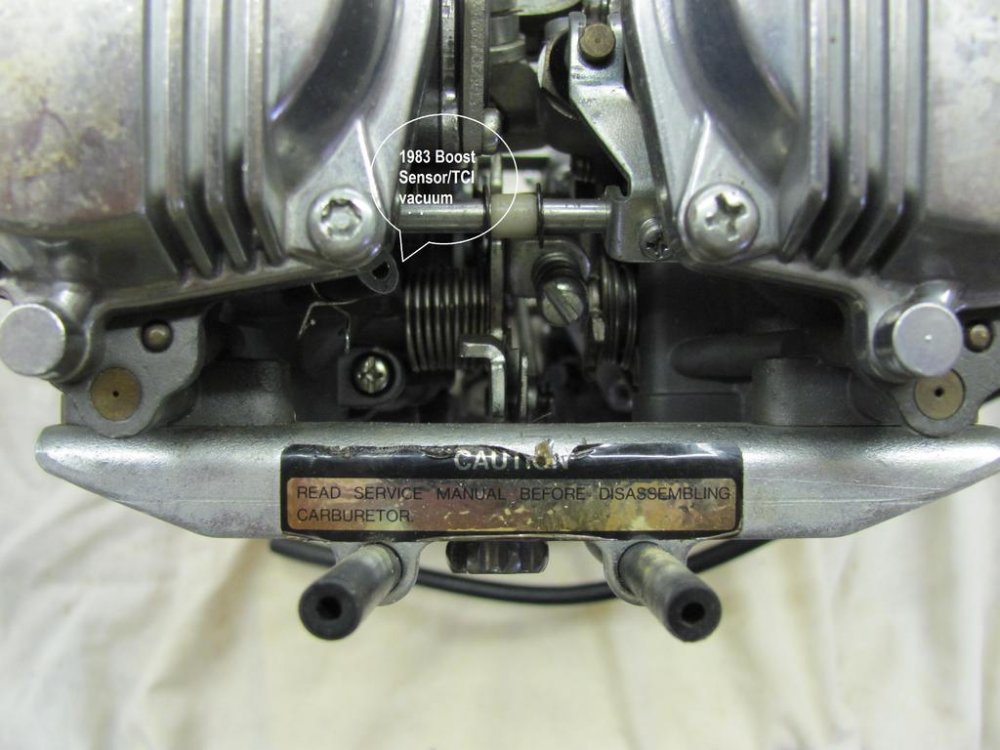-
Posts
3,621 -
Joined
-
Last visited
Content Type
Profiles
Forums
Gallery
Events
Store
Everything posted by Prairiehammer
-
Part number 41V-26312-00-00, CABLE, throttle 2 and part number 41V-26311-00-00, CABLE, throttle 1 are for the cables from the handlebar to the cable junction. Those cables do not attach to the carburetor. The cables from the cable junction to the carbs are CABLE, THROTTLE 3, 41V-26313-01-00 and CABLE, THROTTLE 4, 41V-2631J-00-00. [h=1][/h]
-
WoW! That was quick! Thank you.
-
Don, would you install the pictures in this thread? Thank you. https://www.venturerider.org/forum/showthread.php?83883-1st-Gen-4-gauge-replacement-battery-cable-sets-avaliable
-
I can't find that passage in my manual, but I am assuming that you mean checking and adjusting the float bowl fuel level. The carbs can be rebuilt but that does not guarantee that the fuel level is correct. Since you state that the carbs have been "leak tested", presumably by filling the carbs with fuel, perhaps the mechanic also checked the bowl fuel level. Filling the carb with fuel is really the only way to check the final fuel level. One can do an approximation of proper float position (fuel level) by measuring the float height relative to the bowl lip, but a running engine can sometimes show different fuel levels for each bowl, despite the float position being identical in each carb. Hopefully your carbs will be correctly set for fuel level. After installation, check the fuel level. If incorrect, remove the carbs from the bike, break the rack of carbs, remove the float bowl cover and bend the tang on the float to correct the fuel level. Reassemble and check the fuel level on the bike. As you can see, it is a PITA. That's why getting the setting correct for float position while on the bench is so desirable. But there are no guarantees. As for the carbs being "synched", the carbs were bench synched. This involves insuring that each carb butterfly is set to the same opening mechanically. This should get your carbs in the ball park, but proper synchronization can only occur with the carbs mounted on a running engine.
-

New on th forum
Prairiehammer replied to Michel's topic in Venture and Venture Royale Tech Talk ('83 - '93)
The cancelling unit for the 1983 (26H or 31M VIN prefix) is part number 1A0-83395-03-00. It is a distinct separate unit from the turn signal flasher and from the hazard flasher. If, on the other hand, you in fact have a 1983½ model (47R or 47T VIN prefix), the canceling unit is integral with the turn signal flasher and the hazard flasher all in one unit. Part number for that combination relay/canceling unit is 41R-85740-00-00. Provide your Venture's VIN to be sure. BTW, you should have started your thread as a new thread/topic rather than add it to a 7 year old unrelated thread. You would get more replies and answers. -
I have befriended Fred's adopted son Ed Metcalfe. Ed inherited Fred's 1991 Venture that he won at the Venture Touring Society's Sault Ste. Marie 1991 V-Daze. Ed also inherited the shed full of Venture parts and Venture motorcycles as well as the Flexit sidecar that Fred had on his 1984 Royale. Ed is retaining the 1991 but is going to inventory and sell the parts. I have suggested that Ed join the VRO. He goes by the handle of "Smilin Ed". Ed forwarded to me these pictures of Fred.
-
I have no experience running a VMax TCI on a Venture, so I can't say with certainty, but it may exhibit poor performance at the lower rpm range due to the different ignition advance curve. Someone, may have better answers, I simply don't know. I do know that aside from the ignition advance curve, the VMax TCI controlled the servo motor for the V-Boost intake on the VMax. How that affects the ignition on a Venture, if at all, I can't say.
-
The 1985 VMax TCI was 1FK-09, so your 1FK-10 is from a newer VMax. I am not certain exactly what year, they used it for several years. EDIT: The 1FK-** was used from 1985-1989 on the VMax. From 1990-2006 the 3JP-** TCI was used. The 3JP-** TCI was for a single pick-up. The 1FK-** was for the four pick-up system.
-
That 1FK-10 TCI is for a VMax. Perhaps the original 26H-10 TCI was bad and the V-Max TCI was available and probably would allow the engine to run, although the timing curve and other things are different on the V-Max TCI. And yes, since you aren't running the 26H-10 TCI, the vacuum port on number 2 carb should be plugged.
-
That black and gray seat was only on the 1984 Standard Venture. Rare bird. I have a couple of gray pouches for the trunk and and maybe a couple pouches for the fairing.
-
-
I met Bob for the first time at the 2013 Maintenance Day. We certainly had fun that weekend. He was so funny. I think in this pic, I was trying to understand what he was spouting off about. Ha! I think Joe Pat was confused, too.
-
Starting with the 1984, the "Stay, 2" has the provision for the rubber strap (BAND) to hook onto the sidecovers. All years' stays are interchangeable on the main frame, but the 1983 stay does not have a place for the rubber strap. The 1983 has a "stud" where a fork on the sidecover snaps on.
-
-
All my First Gen Ventures run right at 3100 rpm at an INDICATED 55 mph.
-
If you end up removing the stock audio system, note that the locking latch for the removable audio panel will fit the fuel door. Double lock redundancy, though.
-
There two fuel door latches (PN. 54K-21780-01-00) for your Venture on eBay currently, both new, one is $50 the other is $100. I'm sure that those are not viable for you, but you never know. I'm sure you can find a good used latch on eBay. Just be diligent and patient. https://www.ebay.com/itm/87-YAMAHA-XVZ1300-XVZ-1300-XVZ13DS-VENTURE-ROYALE-OEM-FUEL-TANK-COVER-LID/202413303407?epid=22023009349&hash=item2f20c5e66f:g:o3QAAOSwyohbf1Jk:sc:USPSFirstClass!61326!US!-1 https://www.ebay.com/itm/1985-Yamaha-XVZ12DN-Side-Cover-Lock-Assembly-54K-21780-00-00-SS-54K-21780-01-0/163724884478?hash=item261ec379fe:g:5iIAAOSw-otc-zTB
-
On each master cylinder (clutch and brake), there is a removeable plastic cap covering a threaded hole for a conventional mirror. Any mirror designed for a Yamaha will screw into that hole (the left mounting hole is left handed thread, as are most left hand Yamaha mirrors). There are no aftermarket body parts available, never have been. Since color is not an issue for you, search on eBay for Venture body parts. Plenty on there. Most all the body parts (except the saddlebags and trunk) will fit on any year First Generation Venture. The First Generation Venture Royale only came from the factory with one antennae, so the fact that you have/had two antennae, means someone has already modified the factory setup. Virtually any antennae will serve its intended purpose (CB or AM/FM). All the fuel door latches on the First Gen will interchange whether the locking fuel door latch from the 1983,1984 or the non-locking latch from the 1985-1993. Of course, if you get a locking latch, don't forget to get the key for it. The 1986-1993 had a locking fuel tank cap, thus the reason the fuel door does not lock.
-

1983 Venture Steering Wanders
Prairiehammer replied to jrich's topic in Venture and Venture Royale Tech Talk ('83 - '93)
Bingo! That detent is the cause of your wandering. The detent is because of worn (indented) steering head bearings. The race develops an indent where the roller of the bearing is constantly hammering into it. The rollers sometimes develop a flattened surface for the same reason. Replace the steering head bearings. -
I don't know what he is talking about .... and neither does he! The Venture never had a "vacuum petcock" for the fuel tank. I suspect that he sees the vacuum port on the number 2 carb and thinks that is for a vacuum petcock. Uniquely, on the 1983 only, that vacuum port was connected to the "Boost Sensor" (vacuum advance unit that sent a signal to the TCI). From 1984 on, the Boost Sensor got its vacuum from the intake port of number cylinder. If you still have the original TCI (black label, 26H-10) you need the vacuum pickup to remain on that port on the number two carb.


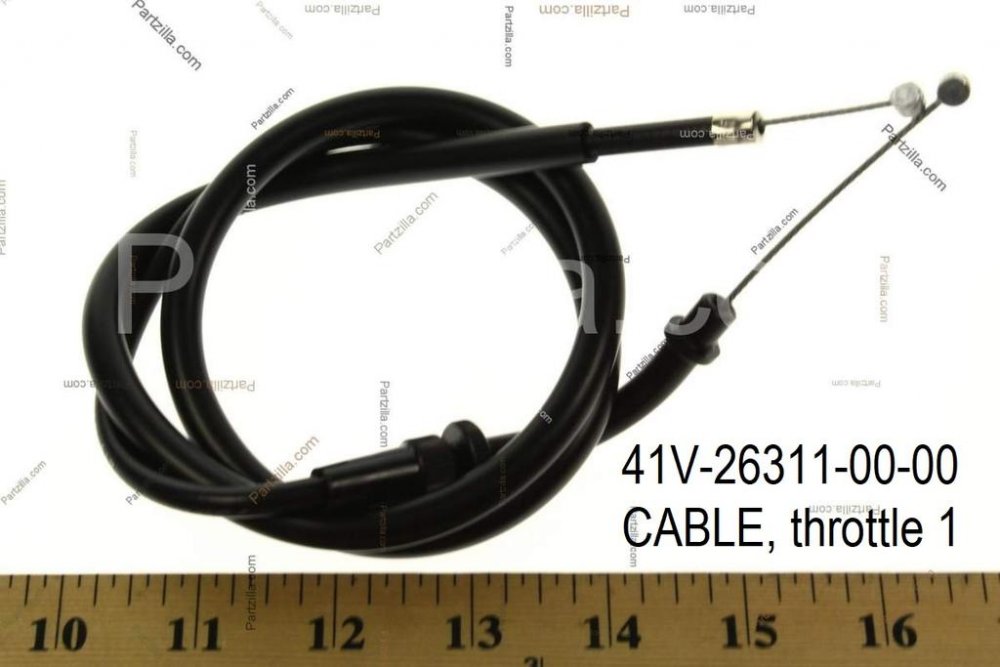

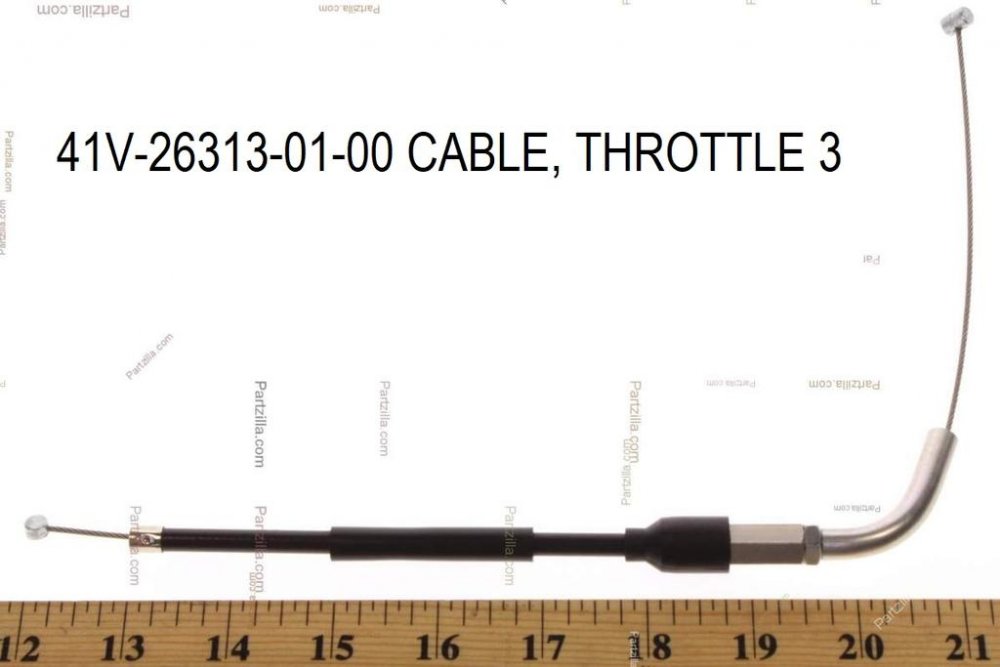
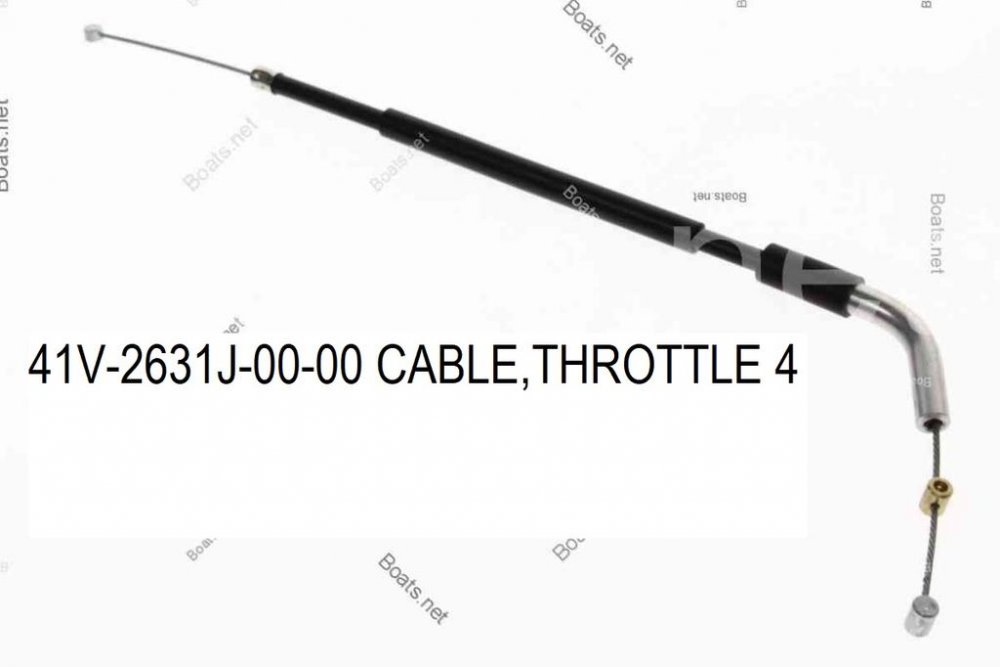

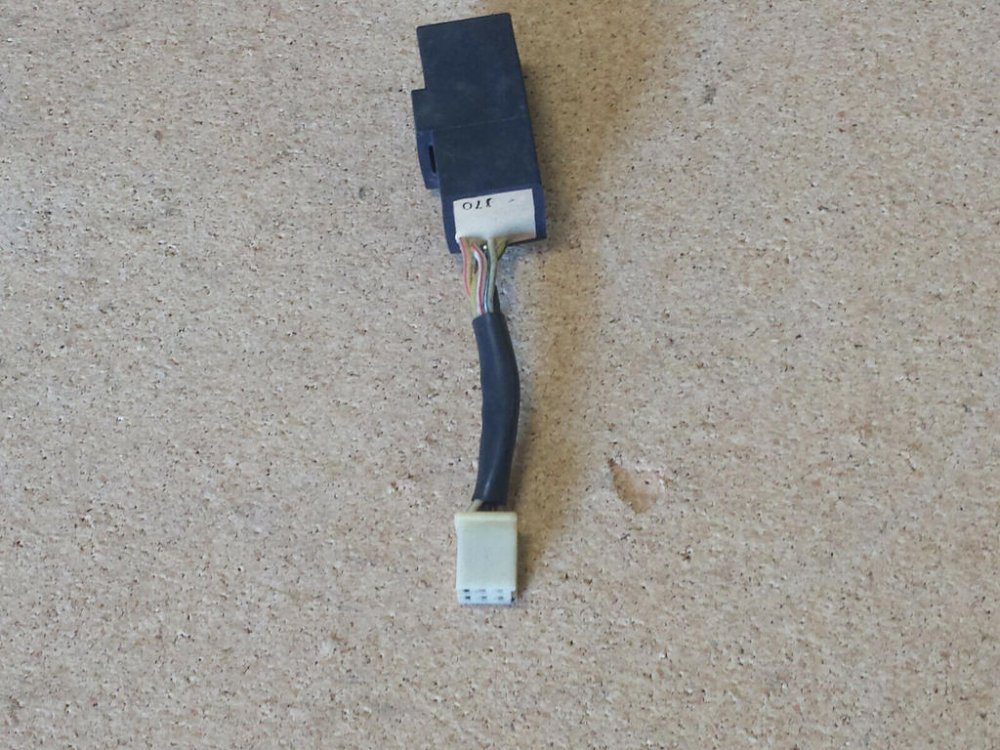
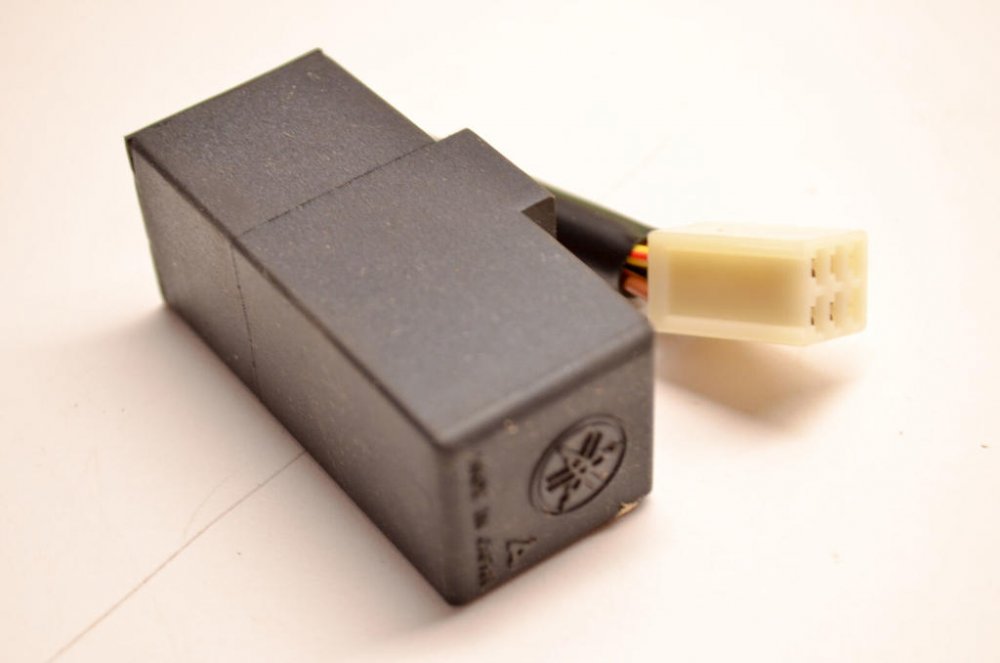
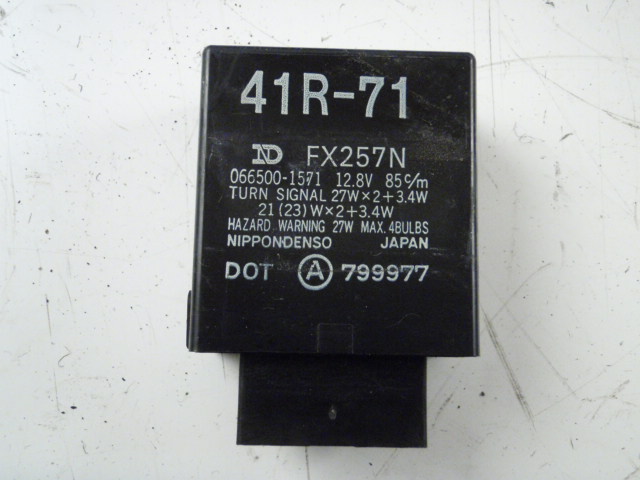





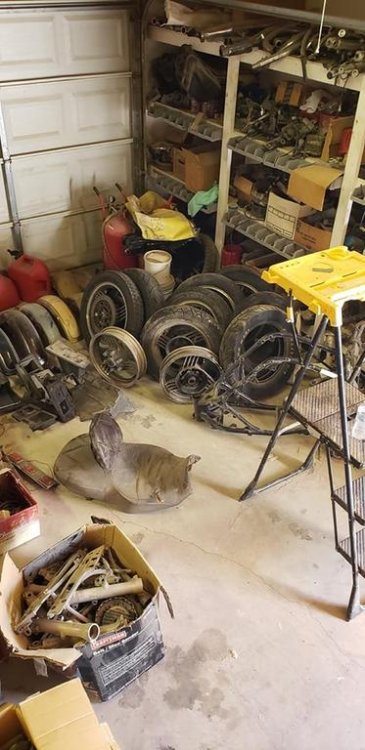
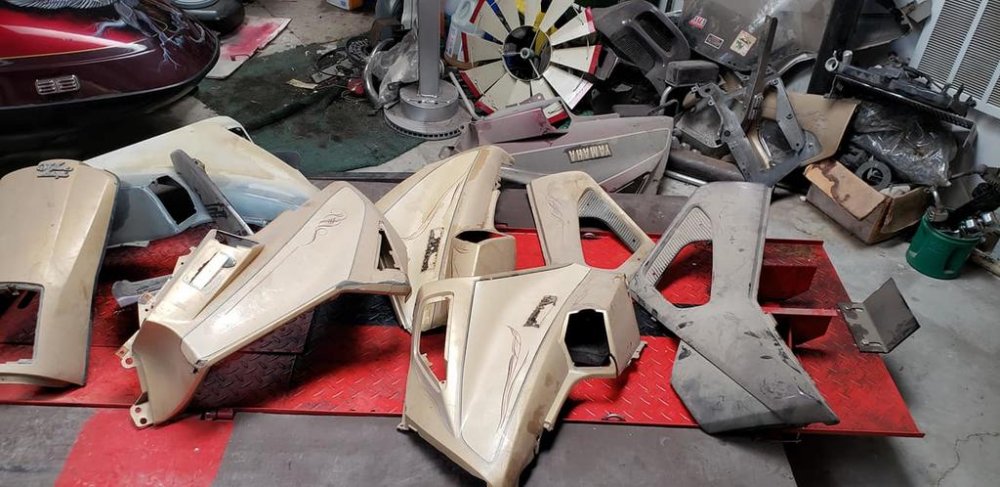


.thumb.jpg.5011195136a8c629010ecc4ff99acd8f.jpg)
.thumb.jpg.62733e39775bfc9fbce15495979f6653.jpg)


